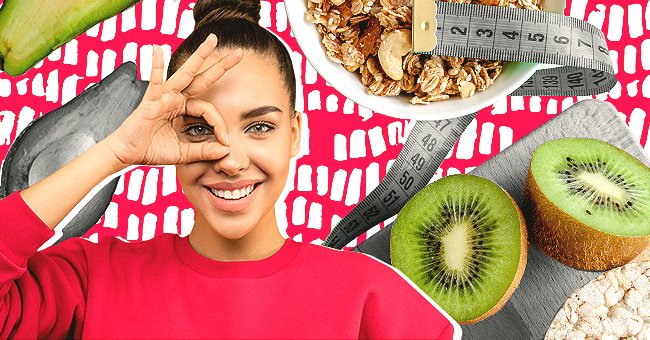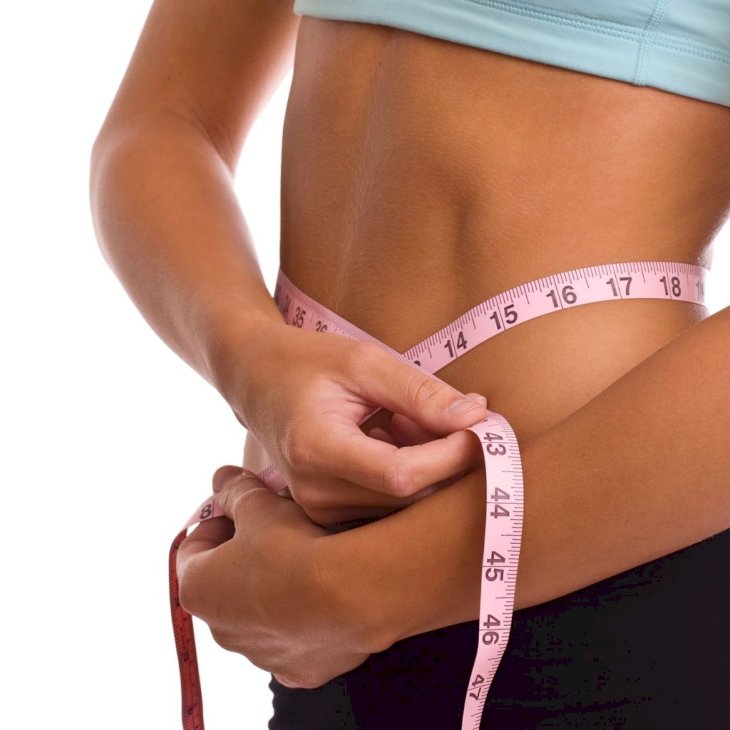
A Beginner's Guide To The Ketogenic Diet
The Ketogenic Diet seems to be continuously gaining popularity with even Kourtney Kardashian blogging about trying the diet. The diet actually dates as far back as the 1920s when it was introduced as a means to treat pediatric epilepsy.
The Keto Diet gained public interest in 2016 and according to Google Trends continued to gain interest throughout 2018. But what exactly makes this diet so popular? Here is everything you need to know about the diet.

Photo by Louis Hansel @shotsoflouis on Unsplash
What Is The Ketogenic Diet?
The ketogenic diet involves eating high fat, moderate protein, and low carbohydrate meals. The diet particularly encourages whole foods including eggs, meats, nuts, butters, cheeses, seeds, oils, and low-carb green vegetables. Fruits, most vegetables, grains, potatoes, sweets, or other carb-rich foods are completely cut out of the diet.
The aim is usually to eat only 20 to 50 grams of carbs per day. The idea is to produce ketone bodies in your bloodstream to replace the need for glucose to fuel your cells.

Photo by Nadine Primeau on Unsplash
Health Benefits Of Keto Diet
While most people stick to epileptic medication now, some still use the Keto Diet to help control their symptoms. Many have also found Keto a great way to lose weight.
For many who are extremely overweight, the diet shows quick results. This makes many people feel more motivated to stick to the diet.

Photo by Monika Grabkowska on Unsplash
Controversial Side of The Keto Diet
However, even though the diet may be good for certain conditions, there are many concerns about the diet as well. Personal trainer Max Bridger insists that the Keto diet "isn’t something we think is ideal for health, fat loss or muscle gain goals." He says:
"It’s unsustainable; it’s not compatible with normal life, especially when you consider things like family, friendship and professional circles, which all make it very difficult. In theory, eating this way causes the body to become more efficient at burning stored body fat and you lose weight quickly, but in reality, ketosis is unachievable for many people – even on a true ketogenic diet – due to their genetics."

Photo by Bill Oxford on Unsplash
How To Safely Follow Keto:
Before jumping straight into the diet make sure you fully understand the intricacies of it. Prepare yourself thoroughly and be ready for possibilities such as "Keto Flu" where you may feel sick especially in the first week of doing the diet.
Make sure you are eating enough food to sustain you for the day. Carefully calculate how much protein, fat, and carbs you need to eat for your specific body. There are many tools online to help you with these calculations including Macro counters. Ensure you are getting all the necessary vitamins and minerals in your diet.

Photo by Mike Von on Unsplash
According to a Cosmopolitan interview with professionals, using keto sticks is the best way to know if you are in ketosis. This allows you to be able to adjust how many carbs you can have in your diet.
Unless you have very specific dietary needs or health conditions, Keto is not advised for long term use as it could result in severe deficiencies. It is not advised that those who are pregnant attempt the diet unless specifically instructed by their doctor.